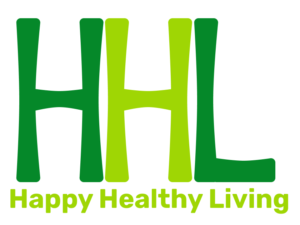Battling Seasonal Depression
Strategies for Managing the Winter Blues
I struggle with seasonal depression every year and have found some ways to manage it. This article covers some things that have worked for me.
As winter sets in and daylight hours dwindle, many of us find ourselves grappling with a phenomenon known as seasonal depression, or Seasonal Affective Disorder (SAD). Characterized by feelings of low mood, lethargy, and a general sense of malaise, seasonal depression can significantly impact one’s quality of life during the colder months. However, understanding the condition and implementing effective coping strategies can make a substantial difference in managing its symptoms.
Understanding Seasonal Depression
Seasonal depression typically manifests during fall and winter when daylight becomes scarce. Reduced exposure to sunlight can disrupt the body’s internal clock, leading to hormonal imbalances and neurotransmitter fluctuations, particularly serotonin and melatonin, which regulate mood and sleep patterns. The result is a profound shift in mood and energy levels, often accompanied by symptoms such as:
- Persistent sadness
- Fatigue and lethargy
- Changes in appetite or weight
- Difficulty concentrating
- Irritability
- Withdrawal from social activities
Managing Seasonal Depression
While seasonal depression can be challenging to overcome, there are various strategies you can employ to alleviate symptoms and improve your overall well-being. Two key components of managing seasonal depression include regular exercise and dietary supplementation with substances like SAM-e and B vitamins.
1. Exercise:
Physical activity is a powerful antidote to the winter blues. Regular exercise boosts the production of endorphins, neurotransmitters that promote feelings of happiness and well-being. Additionally, engaging in physical activity outdoors exposes individuals to natural light, which can help regulate circadian rhythms and alleviate symptoms of seasonal depression.
Whether it’s a brisk walk, a yoga session, or a workout at the gym, incorporating at least 30 minutes of moderate exercise into your daily routine can have a profound impact on mood and energy levels. Aim for activities that you enjoy and can sustain throughout the winter months to maintain consistency.
2. SAM-e (S-Adenosyl-L-Methionine):
SAM-e is a naturally occurring compound in the body that plays a crucial role in neurotransmitter synthesis and mood regulation. Supplementing with SAM-e has been shown to be effective in alleviating symptoms of depression, including those associated with seasonal affective disorder.
SAM-e works by increasing the availability of neurotransmitters such as serotonin and dopamine, which are often depleted in individuals experiencing depression. By restoring optimal levels of these chemicals in the brain, SAM-e can help improve mood, reduce anxiety, and enhance overall emotional well-being.
3. B Vitamins:
B vitamins, particularly B6, B9 (folate), and B12, are essential for maintaining healthy neurological function and mood regulation. Deficiencies in these vitamins have been linked to an increased risk of depression and other mood disorders. Supplementing with B vitamins can help support neurotransmitter synthesis and optimize brain function, thereby reducing the severity of depressive symptoms.
Incorporating foods rich in B vitamins, such as leafy greens, legumes, nuts, and fortified grains, into your diet can provide a natural source of these essential nutrients. Additionally, taking a high-quality B-complex supplement can help ensure adequate intake, especially during the winter months when dietary sources may be limited.
Conclusion
Seasonal depression can cast a shadow over the winter months, but it’s essential to remember that effective management strategies are available. By prioritizing regular exercise, incorporating supplements like SAM-e and B vitamins into your daily routine, and seeking support from healthcare professionals when needed, you can take proactive steps to combat seasonal depression and reclaim your sense of well-being. Remember, you’re not alone, and help is always available for those who need it.
